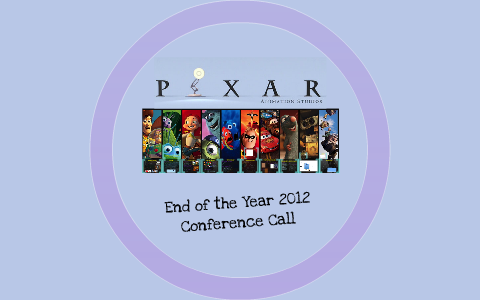Pixar Animation Studios is a world-renowned film production company known for its innovative and groundbreaking animated feature films. Founded in 1979 as the Graphics Group, the company has gone through several name changes and ownership structures before becoming the Pixar we know today. In this case study, we will explore the history of Pixar, its key milestones, and the strategies that have contributed to its success as a leading player in the animation industry.
Pixar's journey began in the 1970s, when computer graphics pioneer Ed Catmull and George Lucas, the creator of Star Wars, co-founded the Graphics Group. The company was initially a division of Lucasfilm, and its primary focus was on developing computer graphics technology for the film industry. In 1986, Steve Jobs, the co-founder of Apple, acquired the Graphics Group from Lucasfilm and renamed it Pixar.
Pixar's early years were marked by a series of technological innovations and groundbreaking achievements in the field of computer animation. In 1991, the company released its first short film, "Tin Toy," which became the first computer-animated film to win an Academy Award for Best Animated Short Film. This marked the beginning of Pixar's foray into the world of feature-length animation, and the company quickly gained a reputation for producing high-quality, entertaining, and visually stunning films.
One of the key strategies that has contributed to Pixar's success is its focus on storytelling. The company has always placed a strong emphasis on the development of compelling and engaging storylines, and its films often feature complex and well-developed characters that audiences can relate to and root for. This focus on storytelling has helped Pixar to create some of the most beloved and enduring animated films of all time, such as "Toy Story," "Finding Nemo," and "Up."
Another key factor in Pixar's success has been its commitment to innovation. From the very beginning, the company has always been at the forefront of technological advancements in the field of computer animation, and it has consistently pushed the boundaries of what is possible with its films. This commitment to innovation has helped Pixar to consistently produce high-quality films that captivate and delight audiences around the world.
Pixar has also been successful in building strong partnerships and collaborations with other companies and organizations. For example, the company has worked closely with Disney to produce several of its most popular films, including "Toy Story," "A Bug's Life," and "Finding Nemo." These partnerships have allowed Pixar to tap into Disney's vast distribution and marketing network, helping to bring its films to a wider audience.
In conclusion, Pixar Animation Studios is a company that has consistently set the bar for excellence in the field of computer animation. Its focus on storytelling, innovation, and strong partnerships has helped it to become one of the most successful and respected film production companies in the world.








